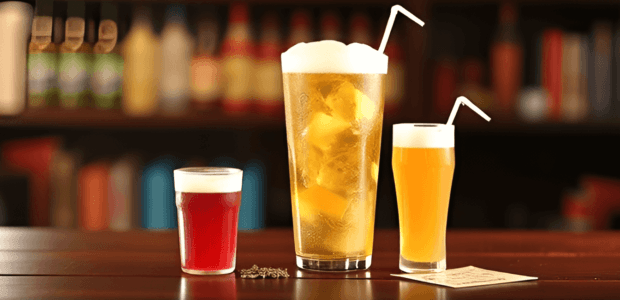
Last Updated on December 24, 2024
Coupons have been around for over a century, evolving from simple discount slips to the digital promotions we rely on today. Their history is more fascinating than you might think, shaped by creativity, consumer behavior, and marketing strategies. Here’s a deep dive into the evolution of coupons, showing how they became the marketing tool we know and use.
Unlock Savings Every Day with Daily Deals Today!
The First Coupon: Coca-Cola’s Game-Changer
The idea of coupons began in the late 19th century. In 1887, Coca-Cola introduced the first official coupon. It wasn’t a discount per se, but rather a voucher for a free drink. The company distributed these free drink coupons as part of a promotional effort. This simple idea sparked a trend that would change how businesses interacted with customers. By offering a free taste of their product, Coca-Cola attracted new customers without requiring them to make an upfront investment. This strategy was groundbreaking at the time and laid the foundation for future couponing strategies.
The Early 1900s: The Rise of Couponing
The Coca-Cola promotion was a success, and other businesses soon followed suit. By the early 1900s, companies like Pepsi and Dr. Pepper were distributing their own coupons to encourage customers to try their products. Coupons became a popular tool not just to attract new customers but also to build brand loyalty. Offering discounts was an effective way to entice customers to return for repeat purchases.
The Great Depression: A Tool for Survival
During the Great Depression in the 1930s, coupons took on a more important role. With many people struggling financially, consumers became more conscious of their spending, and businesses realized they could use coupons to keep customers buying. Coupons allowed people to stretch their limited budgets, making them a valuable tool during tough economic times. Businesses began printing more coupons, not just for food but for a variety of goods, including clothing and household products.
Post-War Boom: Couponing Goes Mainstream
In the post-World War II era, coupons became a key marketing tool for businesses. The rise of suburban living led to increased competition among supermarkets and department stores. To stand out, these businesses turned to coupons as a way to attract customers. Major brands like Procter & Gamble and Kellogg’s launched large coupon campaigns, offering significant discounts on a wide range of products. The coupon boom of the 1950s and 1960s saw the rise of coupon books and inserts in newspapers, making coupons more accessible than ever before.
The 1980s: Couponing Becomes a Hobby
By the 1980s, couponing had become more than just a marketing tool—it had turned into a cultural phenomenon. Coupon books, newspaper inserts, and store promotions were everywhere. Supermarkets and drugstores began offering coupon doubling, allowing consumers to get twice the discount on a single product. The idea of “extreme couponing” started to take hold, with some shoppers becoming dedicated to clipping every coupon they could find. Couponing wasn’t just about saving money anymore—it became a hobby for many, with people spending hours each week collecting and organizing their coupons.
The Digital Revolution: Online Coupons and the Internet
As the internet took off in the late 1990s, coupons once again adapted to the times. Online coupon sites like Coupons.com emerged, offering digital coupons that consumers could print at home. This new digital age of couponing eliminated the need for paper clipping, making it easier for people to access discounts without having to flip through newspapers. As brands embraced digital promotions, consumers could quickly and easily find the best deals with just a few clicks.
Today: The Digital Couponing Era
Fast forward to today, and coupons have gone completely digital. Mobile apps, websites, and loyalty programs have revolutionized the way consumers save money. Now, personalized offers are sent directly to your smartphone based on your shopping habits, and mobile wallets allow consumers to store and redeem digital coupons with ease. Paper coupons are largely a thing of the past, but the core idea—offering consumers a way to save money—remains the same.
The Bottom Line: Coupons as a Marketing Staple
Coupons have come a long way since their humble beginnings. What started as a simple way to offer customers a free product has evolved into a billion-dollar industry, one that adapts to changing technology and consumer behaviors. Whether digital or paper, coupons have proven to be an indispensable tool for businesses looking to build brand loyalty, attract new customers, and drive sales.
As technology continues to evolve, so will the future of couponing. What began as a small marketing idea has turned into a cornerstone of modern advertising, helping businesses connect with consumers in more personalized and efficient ways than ever before. The history of coupons is a testament to the power of innovation, showing that even a small discount can have a big impact.
- Memorial Day Deals Amazon: Unlock the Best Savings of the Season - May 25, 2025
- Clarifying Common Misconceptions About Using Coupons - May 24, 2025
- Is Halara Worth the Hype? Honest Review of Their Most Popular Products - May 19, 2025